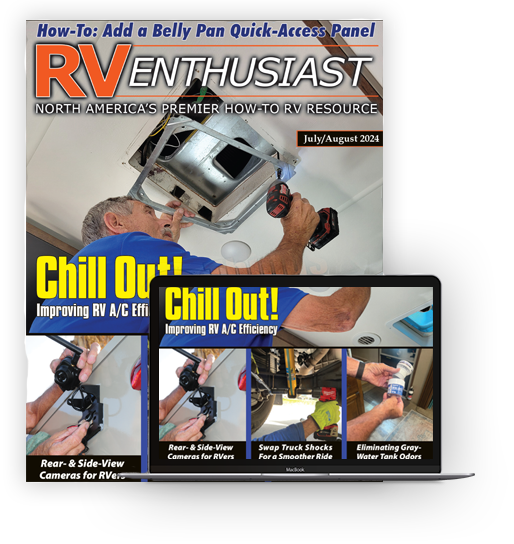Pan Patch
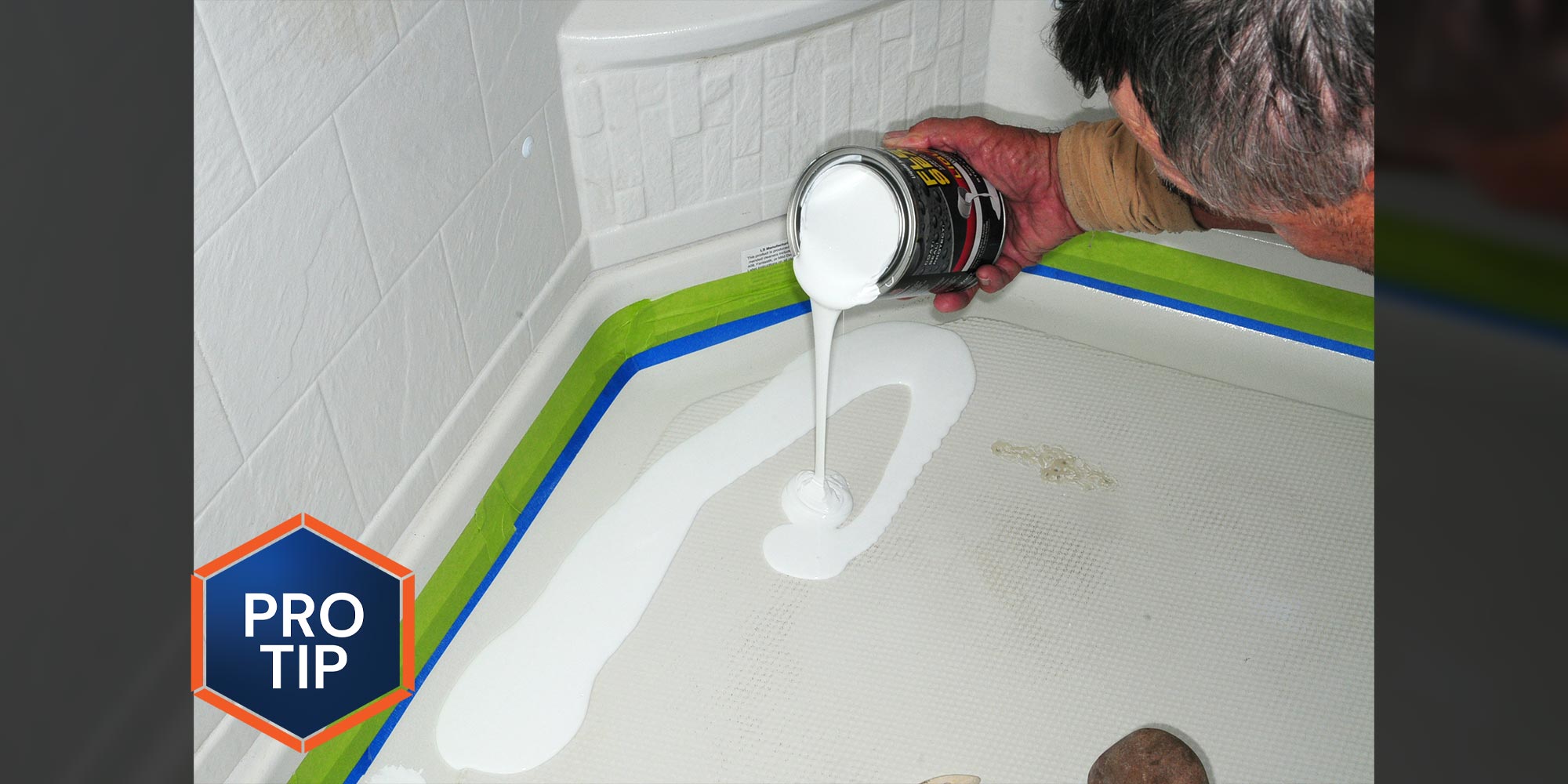
That said, I couldn’t ignore the cracks, which could allow water to leak into the basement. Left unchecked, this would lead to dry rot and its collateral damage to the structure. Rather than replace the shower pan — which would require removal of the shower stall wall panels (and the faucet/diverter and drain) to replace — so with Technical Director, Bill Gehr’s help we opted to seal the pan with Flex Seal, a relatively new product that we wanted to try
I’m not a big fan of “as seen on TV” products, tagging most as novelty items, but Flex Seal caught my eye. What the heck, if a guy can patch the bottom of a boat with this stuff and it will float on water without sinking, there should be some validity to the company’s claim. Flex Seal is available as a tape, adhesive glue, Flex Shot (an aerosol-propelled sealant), paste, liquid and even super glue. We bought a quart of Flex Seal Liquid Rubber Sealant Coating (the liquid version of the product) for $34.98 on Amazon and a couple of throw-away paint brushes at the local home improvement store and figured we’d give it a shot.
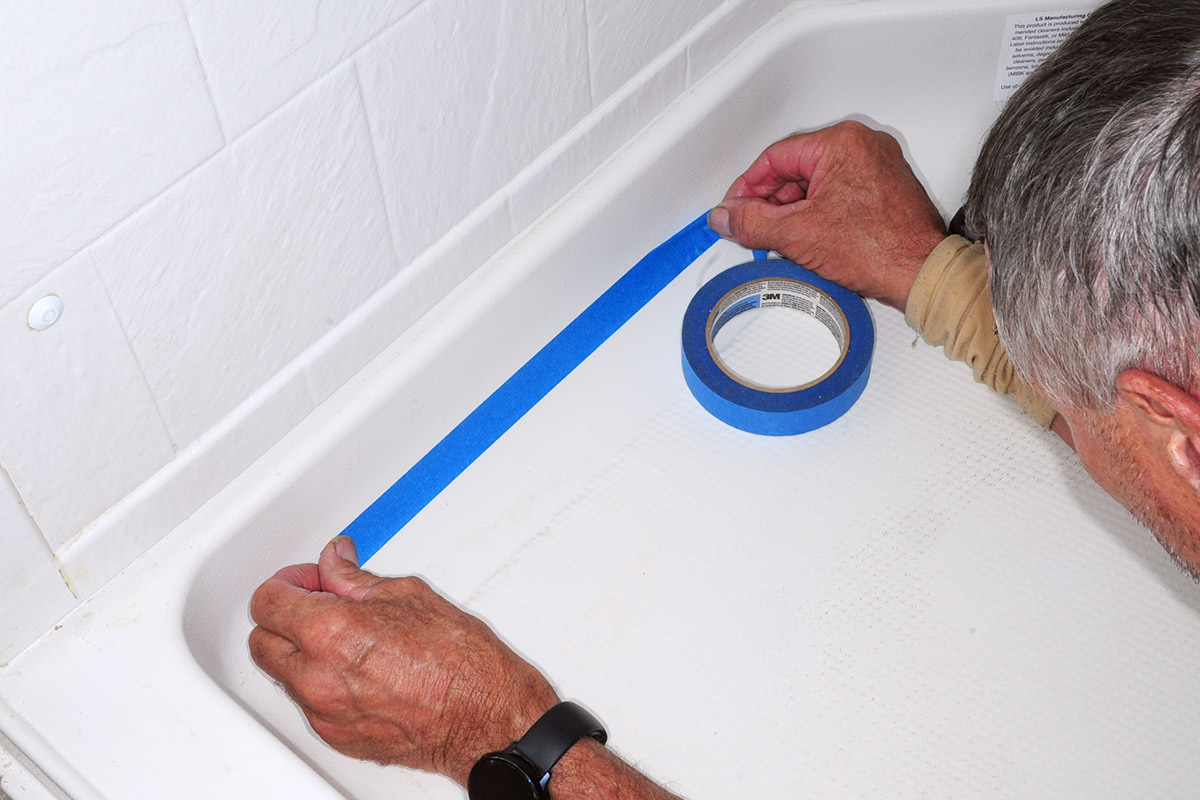
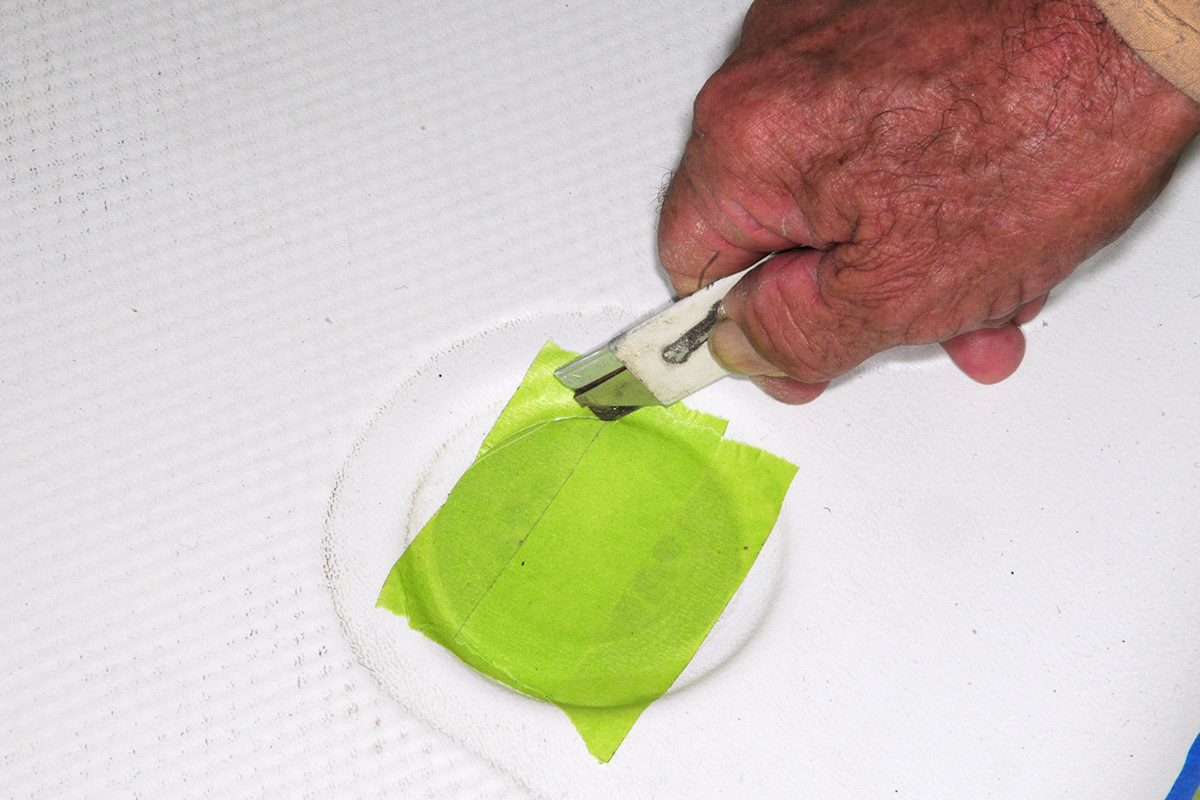
Getting the shower pan ready for the coating of Flex Seal took quite a bit of time. A natural ridge in the pan looked like the perfect place for the liquid rubber to settle, so the upper sections were protected with masking tape used for painting. It was imperative that the shower pan drain be protected and not filled with rubber. Extra layers of masking tape were cut into position with a razon knife.
After sealing the cracks by drilling holes at each end to stop the spread, the area was sealed with hot glue and allowed to dry. (The thought was that the hot glue would keep the cracks under control when the pan flexes.) From here, the pan was masked with painter’s tape and the drain covered before roughing up the surface with sandpaper and cleaning with alcohol.
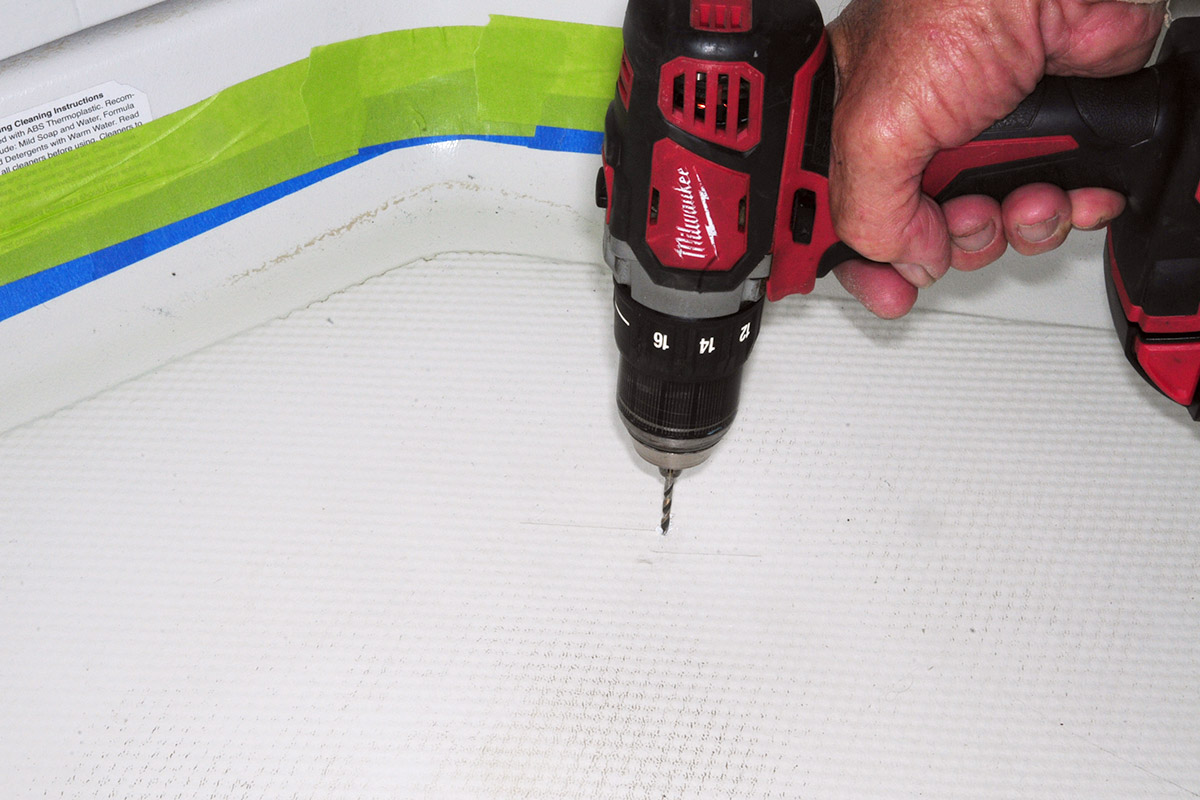
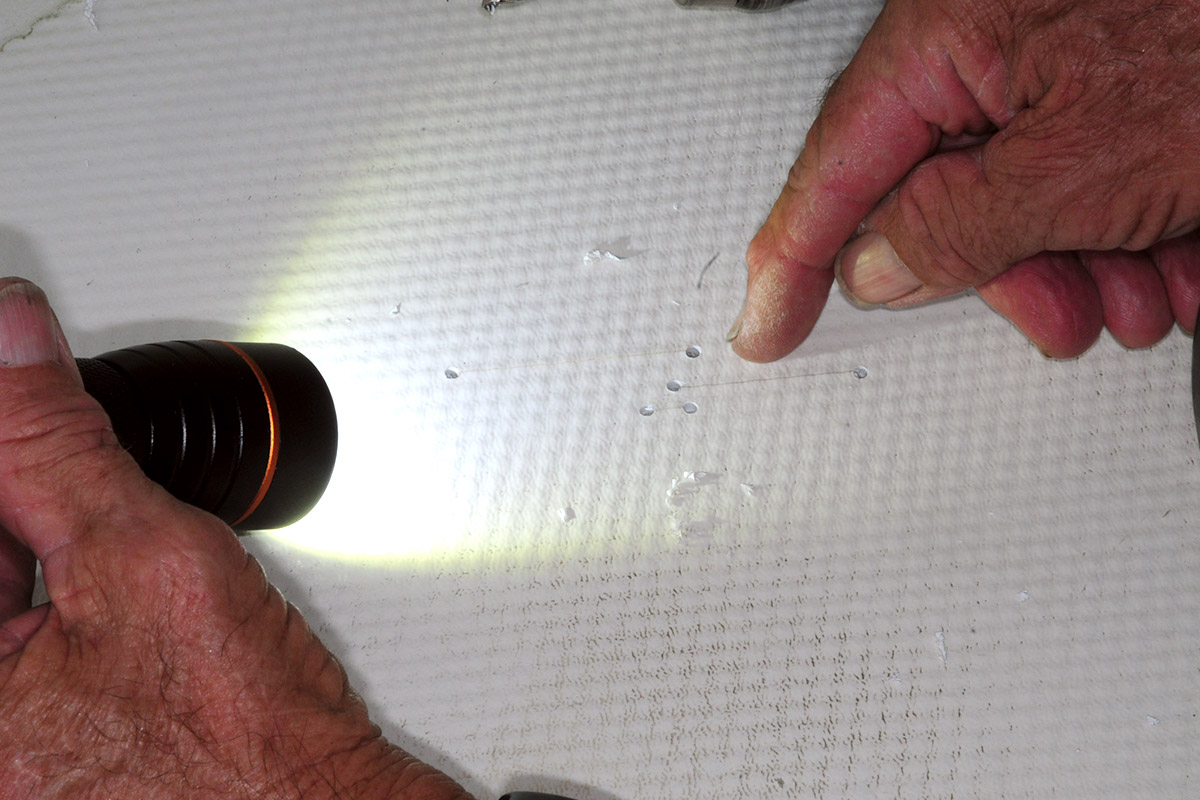
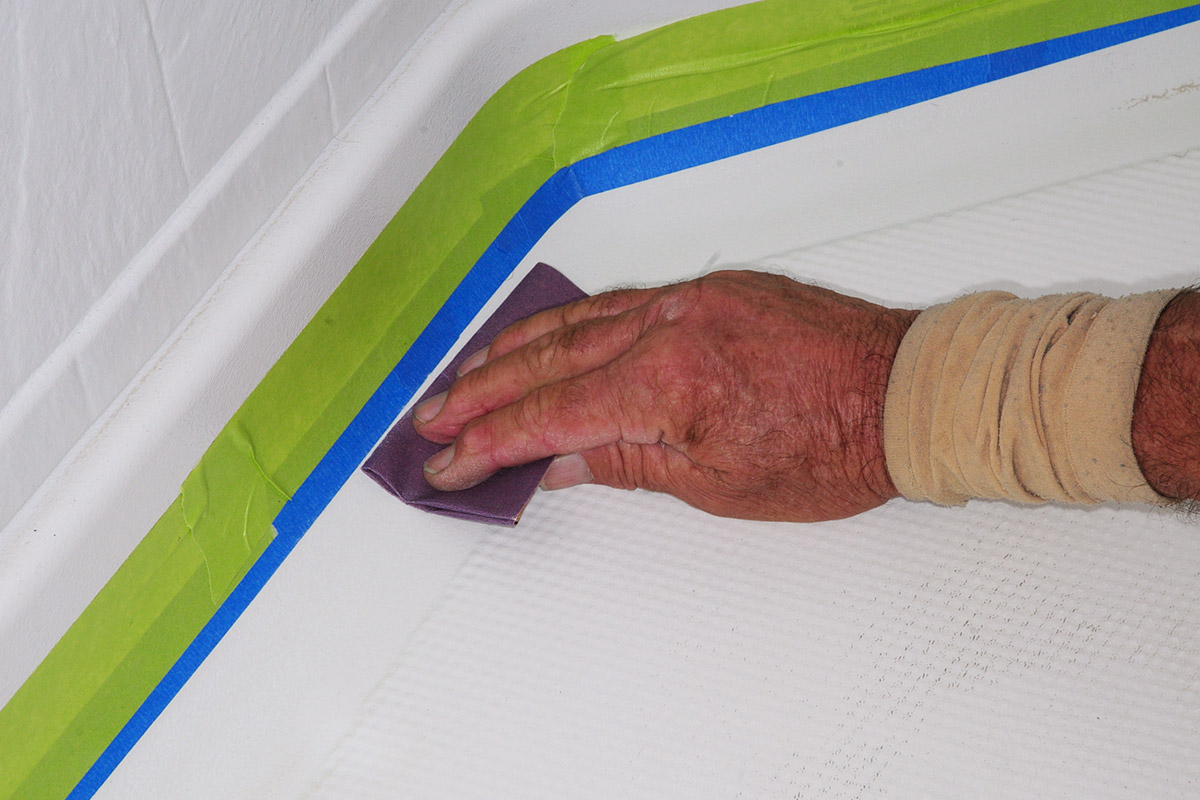
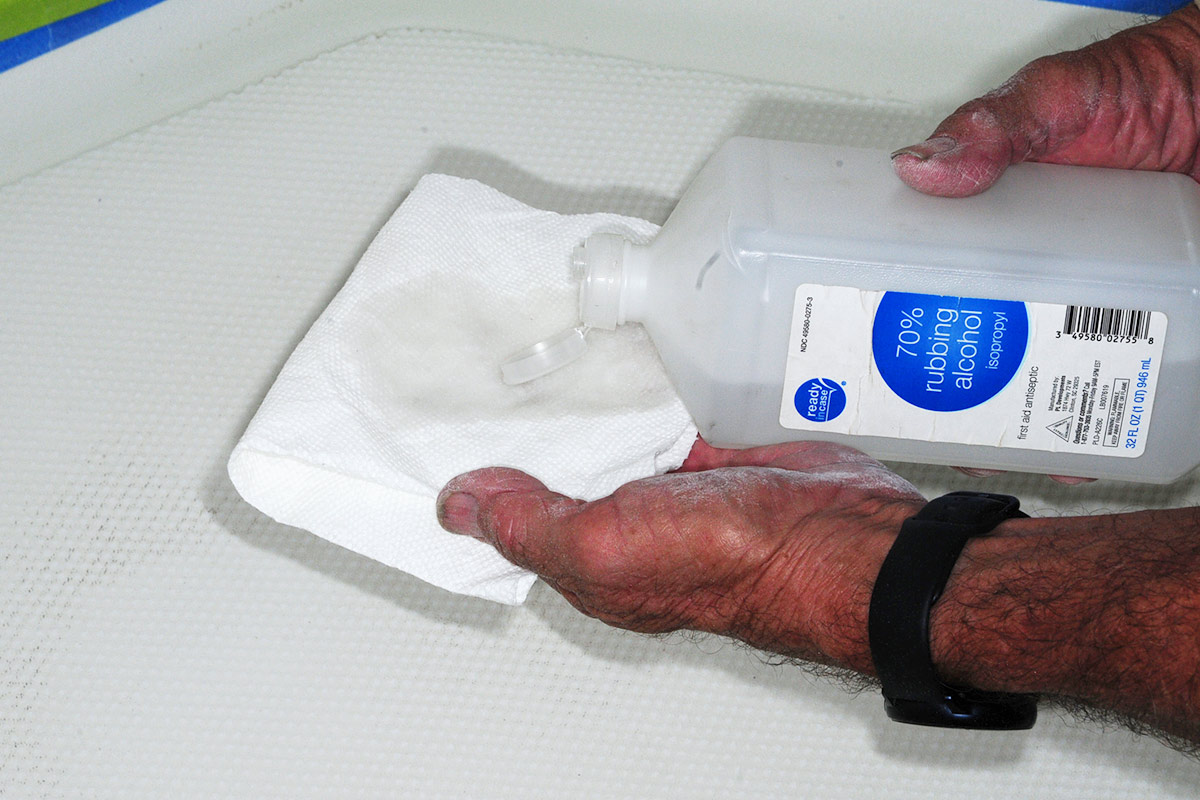
The last step in the preparation process was to rough up the pan surface with a fine grit sandpaper or pad and wipe off any residue with alcohol.
The white-color Flex Seal was poured onto the shower pan directly from the can and spread with the throwaway brushes; there was just enough to provide a thick layer on the entire shower pan. At first, the liquid seemed to be self-leveling, but as it took on a life of its own there were a few ripples in the surface, which were puzzling. The masking tape was removed after the material skinned over to make sure it would lift off (allowing the rubber material to dry over the tape would require cutting it off with a sharp blade and, even then, remnant pieces of tape would be hard to trim). The Flex Seal was allowed to dry for more than 48 hours before the rubber material formed a strong bond on the shower pan. Most of the surface ended up being smooth, leaving only a few imperfections that we could live with.
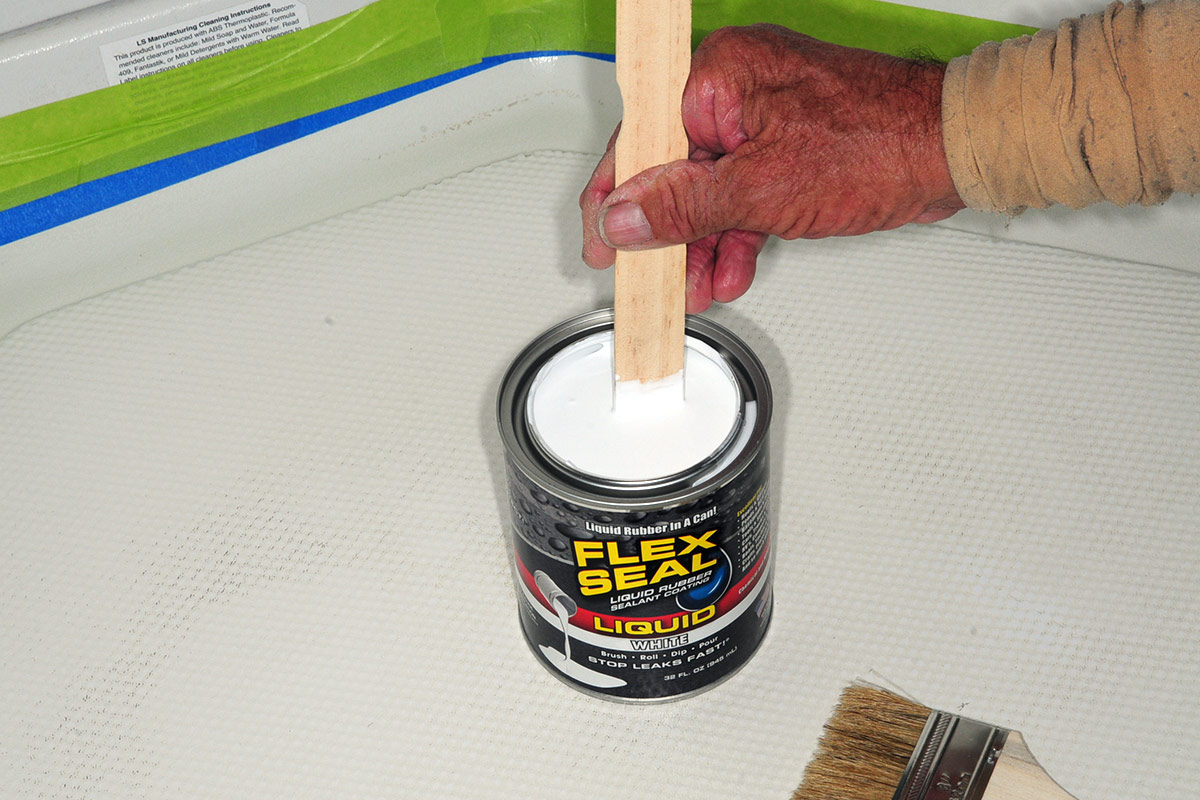
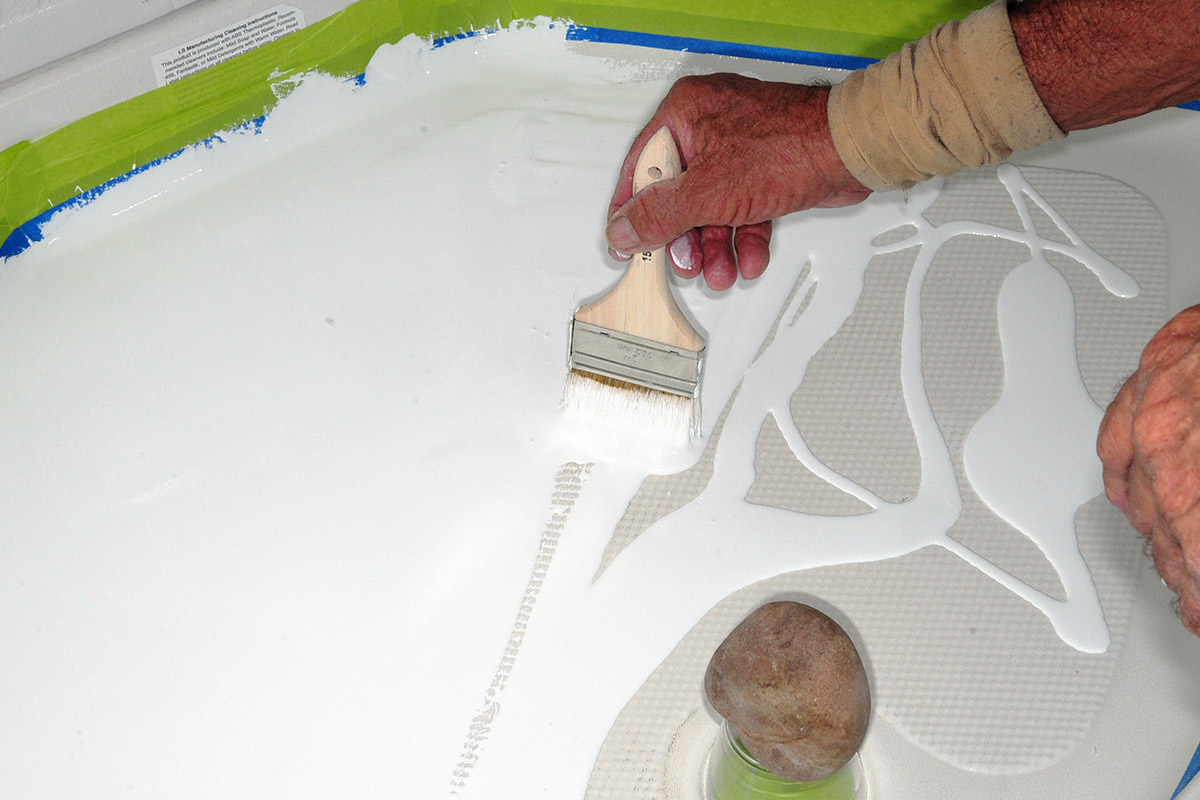
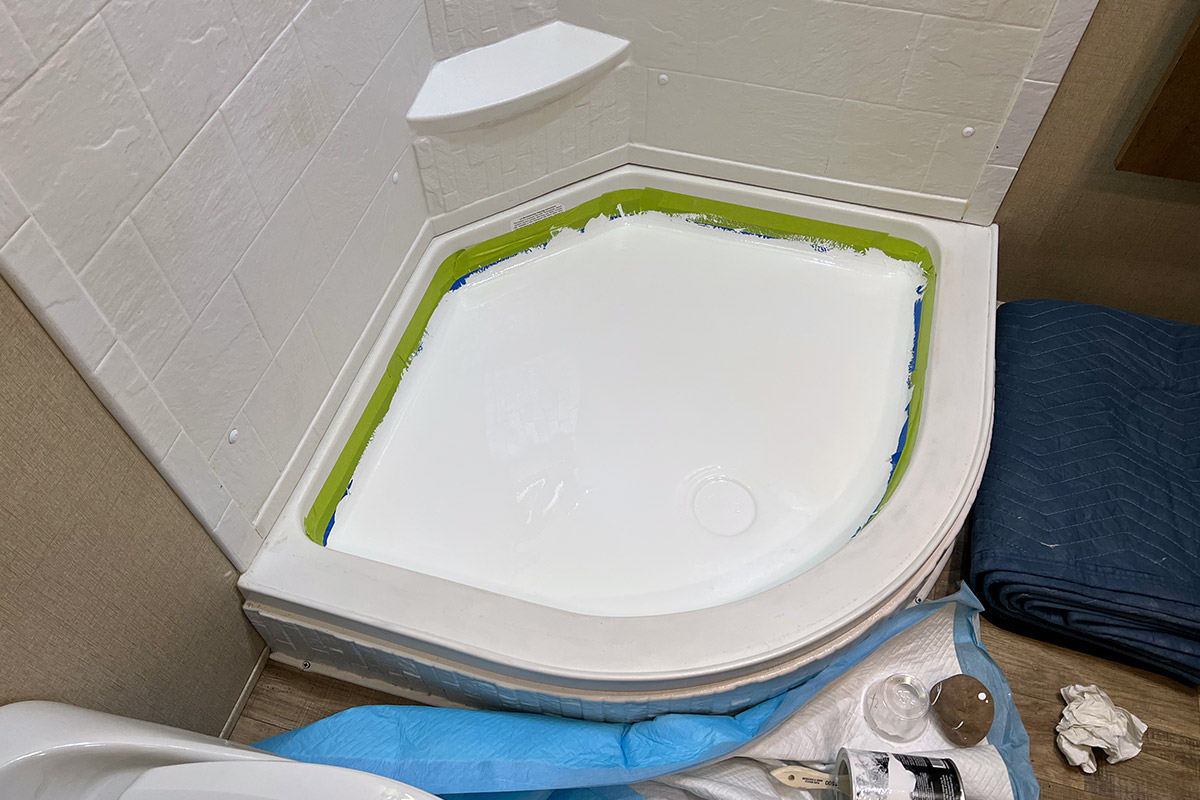
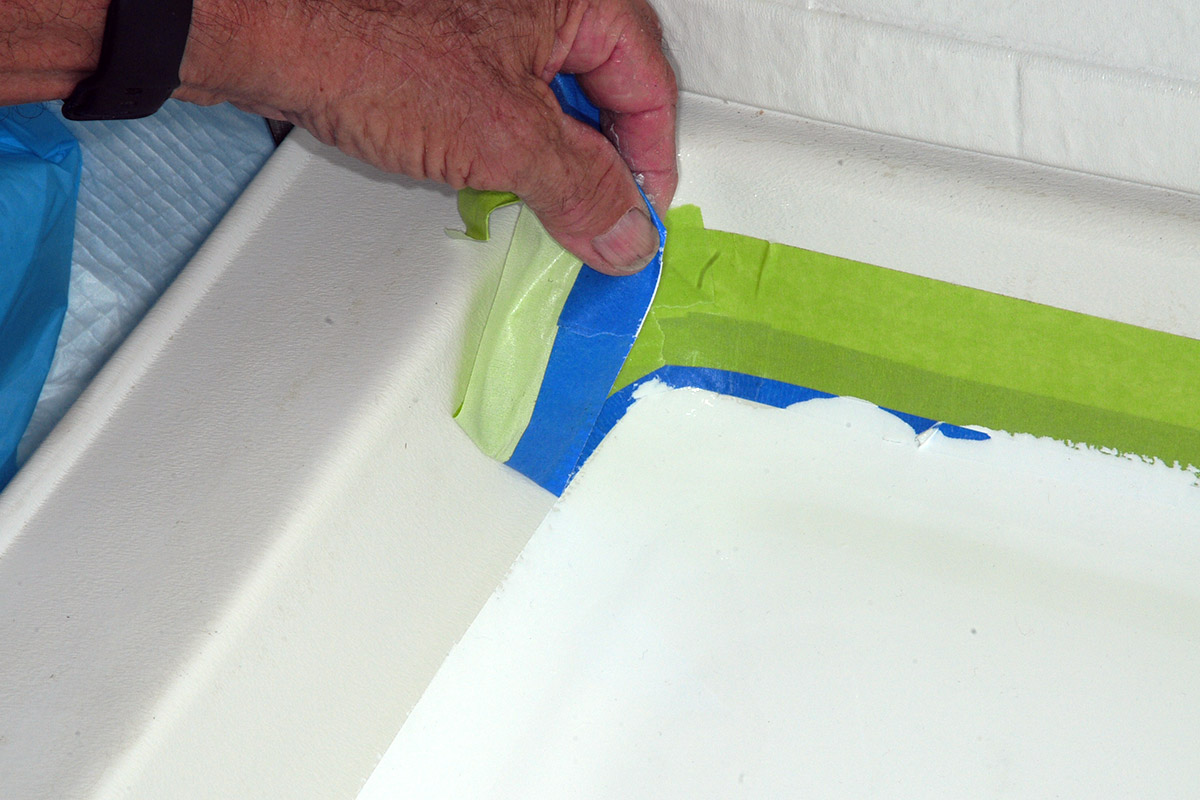
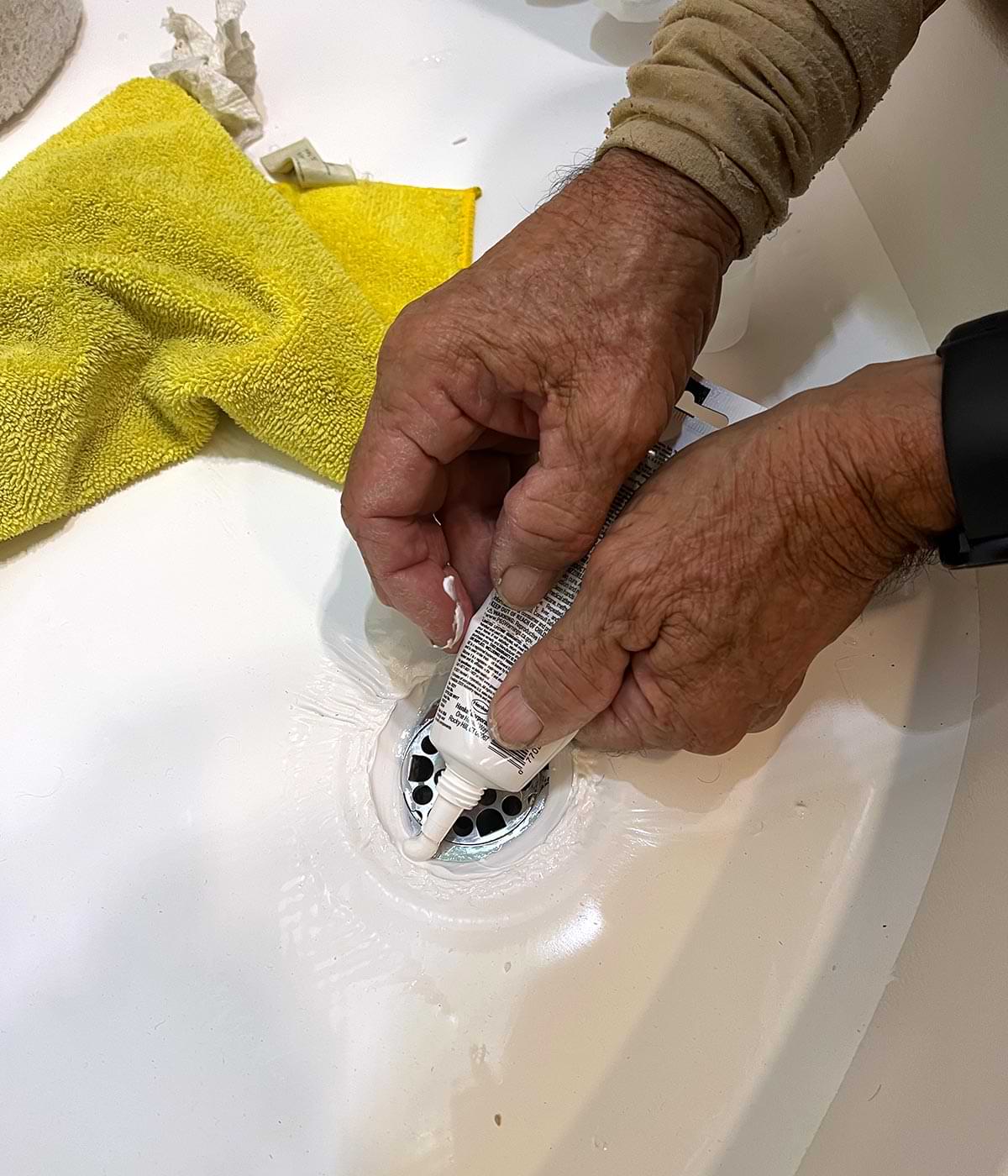
Already a Subscriber? Click here for Access to the Full Issues.

